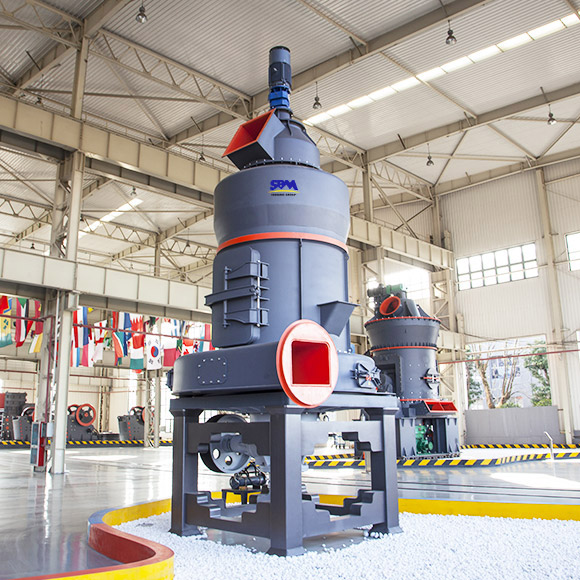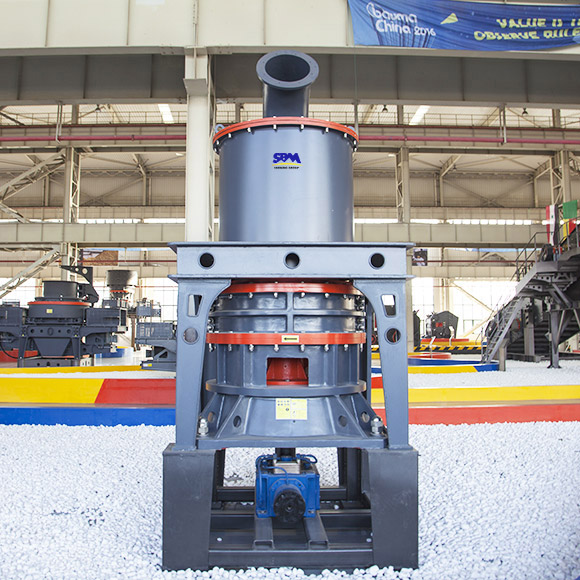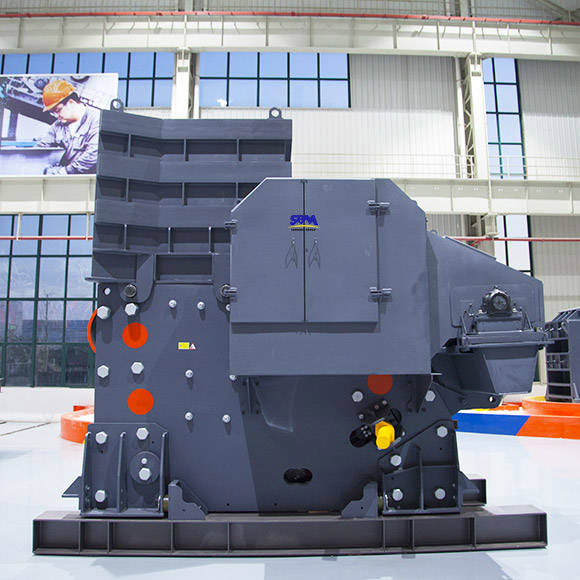
What are the key specifications of the HGM albite ultrafine grinding mill
The HGM albite ultrafine grinding mill offers the following specifications:
- Adjustable fineness range: 150-3000 mesh
- Output capacity: 1-20 t/h
- Machinable materials: Suitable for processing non-flammable and explosive brittle materials with medium to low hardness, including calcium carbonate, kaolin, bentonite, talc, mica, barite, gypsum, and graphite, among others.
- Applications: Widely used in various industries such as paints, papermaking, pigments, rubber, plastics, fillers, cosmetics, and chemicals.

What is the primary application of the HGM series albite ultrafine grinding mill
The primary application of the HGM series albite ultrafine grinding mill is to grind albite into ultrafine powder. This powder is used as a key raw material in various industries, including ceramics, glass, enamel, soap production, ceramic tiles, floor tiles, abrasives, and more. Albite is particularly valuable for its use as a glass solvent, ceramic body ingredient, ceramic glaze, and enamel raw material due to its properties.

What are the advantages of using the HGM albite ultrafine grinding mill
The HGM albite ultrafine grinding mill offers several advantages, including:
1. High efficiency and low energy consumption, with double the output of a jet mill and 30% lower energy consumption.
2. Enhanced durability of the ring roller due to the use of special materials.
3. Stable operation without vibration, thanks to a balanced design in the absence of bearing screws.
4. High-efficiency vertical turbine powder separator for precise particle size control.
5. Convenient and fast fineness adjustment through frequency conversion control.
6. Automatic feedback for stable conversion of finished products, reducing labor costs.
7. Effective dust collection with a double dust collector, including a high-efficiency dust collector and pulse dust collector.
8. Optimized soundproof room and muffler design for noise control.

How does the HGM albite ultrafine grinding mill work
The HGM albite ultrafine grinding mill operates based on the following principles:
1. The main engine motor powers the main shaft through the main engine reducer, driving the turntables to rotate.
2. Each turntable drives the three-layer ring roller (in some models, there are four layers) to roll in the grinding ring raceway via pins.
3. Large materials are broken into small particles by a hammer crusher, sent to a storage bin, and then evenly fed to the upper turntable's center through an electromagnetic vibrating feeder.
4. Under the action of centrifugal force, the material is dispersed to the periphery of the grinding ring's raceway, where it is punched, rolled, ground, and crushed by the ring roller.
5. After being crushed by the first layer, the material falls into the second and third layers for further crushing.
6. The high-pressure centrifugal fan sucks external air into the machine cavity and sends the three-layer pulverized material into the classifier.
7. The rotating turbine in the concentrator separates coarse-grained materials that do not meet the requirements for regrinding.
8. Fine powder enters the cyclone powder collector with the airflow and is discharged as the finished product through the discharge valve at the lower part.
9. The airflow with a small amount of fine dust is purified by the pulse dust collector and discharged through the fan and muffler.


















